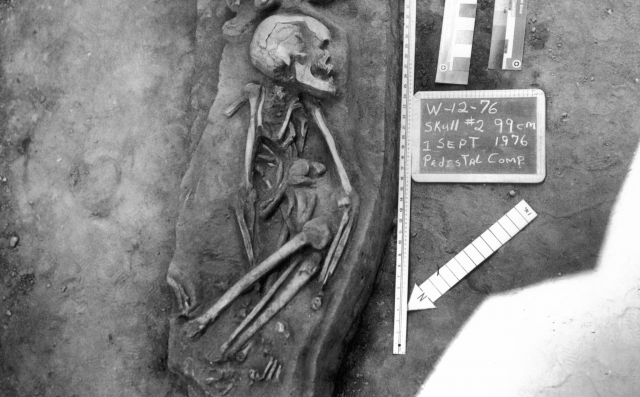The New York Times, February 4, 2016
When scientists first started to figure out how to extract DNA from ancient skeletons, their success was met with astonishment. One minute, scientists were fishing Richard III’s genes from his royal bones, and the next they were showing off DNA retrieved from 500-year-old Incan mummies.
The idea that DNA could survive for thousands of years — let alone be reassembled into an entire genome — seemed little short of miraculous.
Despite the field’s rapid advances in recent years, though, ancient DNA is still hard to find and hard to make sense of. Potential errors lurk around every corner. Even little oversights can cause big headaches.
Continue reading “DNA Study of First Ancient African Genome Flawed, Researchers Report”

